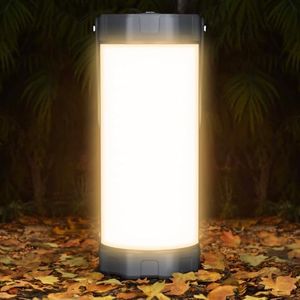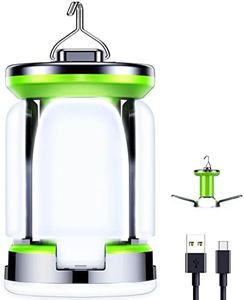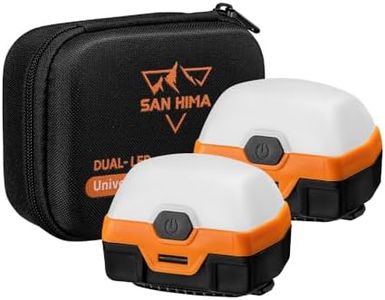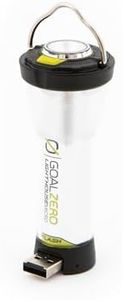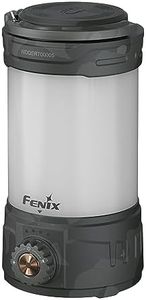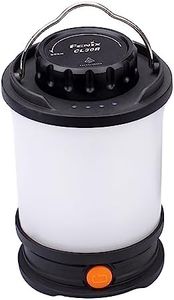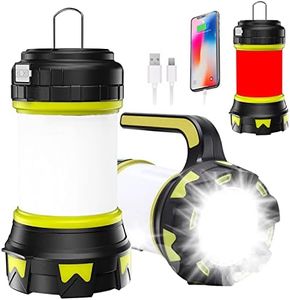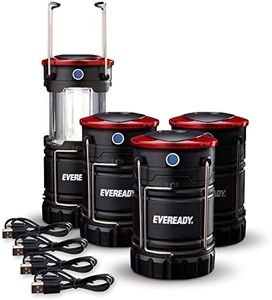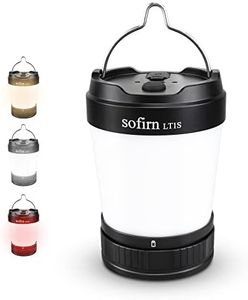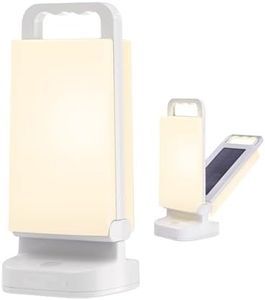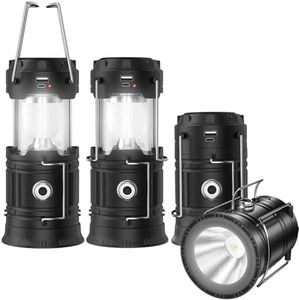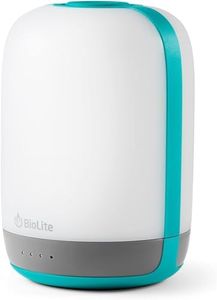We Use CookiesWe use cookies to enhance the security, performance,
functionality and for analytical and promotional activities. By continuing to browse this site you
are agreeing to our privacy policy
10 Best Rechargeable Lanterns
From leading brands and best sellers available on the web.Buying Guide for the Best Rechargeable Lanterns
Rechargeable lanterns are handy sources of portable light, perfect for camping, power outages, or outdoor activities. Picking the right lantern involves understanding how you’ll use it—do you need it for bright illumination, many hours of use, or something lightweight and easy to carry? To make a smart choice, look at the key features that affect performance and convenience.Brightness (Lumens)Lumens are a measure of how much visible light a lantern can produce, which translates to how bright the lantern will be. This is important because you want enough light to see what you’re doing but not so much that it’s blinding or wastes battery. Lanterns can range from less than 100 lumens (good for a soft glow) to over 1000 lumens (suitable for lighting up large areas). If you want a lantern for small tasks like reading in a tent, go for lower lumens. For outdoor activities or illuminating bigger spaces, aim for higher lumens.
Battery LifeBattery life tells you how long the lantern can run on a single charge. Good battery life means fewer interruptions and less frequent recharging. Some lanterns last just a few hours at high brightness, while others can go for days on lower settings. Look for lanterns with adjustable settings, so you can balance brightness with how long you need it to last. If you'll be using the lantern for long trips or emergencies, prioritize longer battery life.
Recharge TimeRecharge time is how long it takes to fully charge the lantern's battery. This is important if you need your lantern ready quickly or plan to use it frequently. Lanterns typically take between 2 and 8 hours to recharge. If you need a lantern that’s often in use or recharged during short breaks, pick one with a shorter recharge time to minimize downtime.
Weight and PortabilityThe weight and general size of the lantern affect how easy it is to move around with and store. Lightweight lanterns are great for backpacking or carrying in emergency kits, while heavier, bulkier models might offer more features but are less convenient to move. Think about if you'll be carrying the lantern long distances, or mainly using it at home or in fixed locations, and pick a weight and size that fits your use.
Durability and Water ResistanceDurability means how well the lantern can withstand bumps and drops, and water resistance determines whether it can handle rain or splashes. This is especially important if you’ll be using the lantern outdoors or in rough conditions. Basic models may offer little protection, while more rugged designs can survive heavy use and bad weather. If you plan to use your lantern outside, prioritize models that are tough and rated as at least splash-proof.
Charging OptionsDifferent lanterns can be charged in different ways, such as with USB cables, solar panels, or even hand cranks. This matters because it affects where and how easily you can recharge. If you’ll have access to an outlet or power bank, USB charging is easiest. For outdoor trips away from power sources, solar or crank options can be handy backups. Consider how and where you’ll recharge the lantern and pick a model that fits those needs.
Light ModesMany rechargeable lanterns offer multiple lighting modes, such as dim, bright, flashing, or SOS. These let you adjust the light for different situations—lower modes save battery, while brighter modes offer maximum illumination. Extra modes can provide versatility, especially in emergency situations. If you like having options or plan to use your lantern in different ways, look for models with a variety of light settings.
